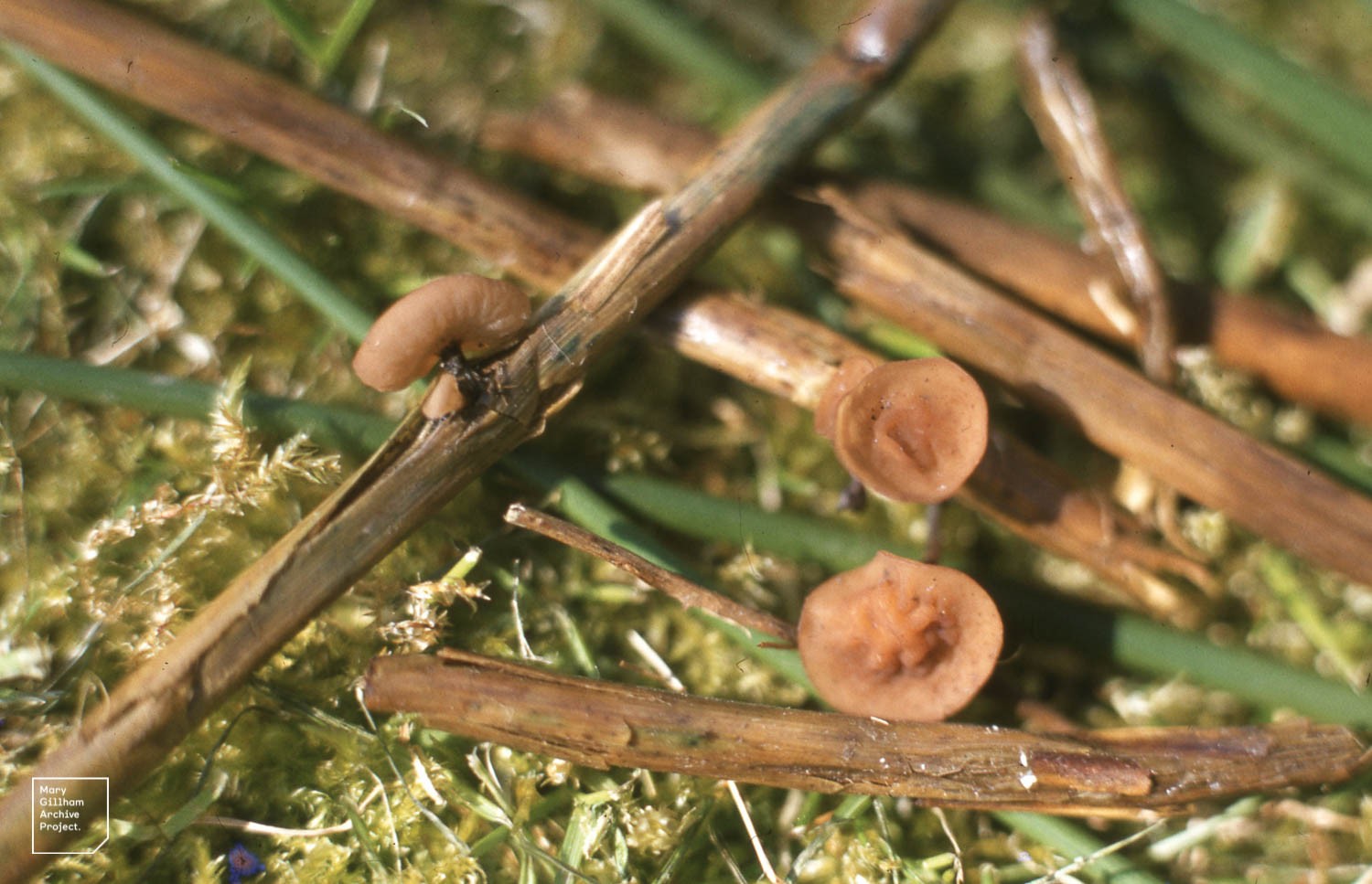Myriosclerotinia
Scientific name: Myriosclerotinia
Myriosclerotinia
Scientific name: Myriosclerotinia
 Photo By Dr Mary Gillham Archive Project , used under CC-BY-2.0 /Cropped and compressed from original
Photo By Dr Mary Gillham Archive Project , used under CC-BY-2.0 /Cropped and compressed from original Description
Myriosclerotinia is a fascinating group of fungi known for producing tiny, hardened structures called sclerotia, which help them survive tough conditions. They often grow on the dead parts of various plants, playing a key role in breaking down plant matter. Some species within this group have beautiful, cup-shaped fruiting bodies, and their presence can be an indicator of the health and biodiversity of an ecosystem.
Species of Myriosclerotinia

 Photo By Dr Mary Gillham Archive Project , used under CC-BY-2.0 /Cropped and compressed from original
Photo By Dr Mary Gillham Archive Project , used under CC-BY-2.0 /Cropped and compressed from original